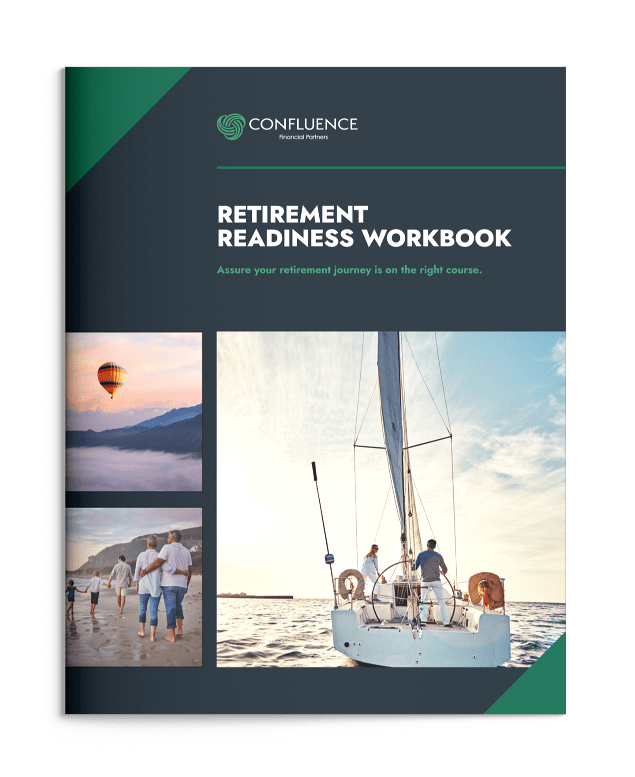Although many of us have good intentions when it comes to prioritizing physical, mental and emotional health, the necessary action of consistency with establishing new habits to support these categories doesn’t just happen overnight.
Most of us can identify areas in our daily routines that need improvement. However, factors such as energy levels, time and effort required, childcare availability, and finances can present significant obstacles to making beneficial changes. As a result, most of us continue on the path that works “well enough” for the short term, even if it’s not ideal. The issue typically isn’t a lack of desire or knowledge to make changes, but rather the absence of a conducive environment for these changes to take root and flourish. In other words, a space needs to be created for change to happen.
Take healthy eating for example. It’s something you know you want to do more consistently, it’s something you know would be beneficial to your short and long term health, but you can’t seem to bring yourself to take inventory of your fridge and pantry to begin to stock quality items in your home, to set yourself up for success. Or maybe preparing food is a barrier. You have access to cooking and food prep videos and articles at your fingertips, but where in your schedule have you created time to prepare then execute actually trying it yourself?
Peeling back the layers on why good intentions don’t necessarily translate to actions can be painful and humbling. It’s caused many of us to stay stuck in the same place, in different areas of our lives, for a long time. So, what’s the solution?
It’s time to stop fooling ourselves that changes just happen without our concentrated effort. If we fail to plan, we plan to fail. Once evaluated that a certain tweak/change would be advantageous, it’s time to take the step to create the structured space in the schedule where a new habit can take root. Keep it simple. Narrow the focus. Most of us are juggling many “glass balls” that we cannot afford to drop and have shattered. An example of this would be personal health, which too often can be put on the backburner for a time period out of practical necessity, but where does this lead to in the long run? Consider this encouragement to start where you are.
Here are some tips for getting started:
1. Identify. What is really frustrating you about your daily or weekly routine? Frustration is a driver to change. Be specific here. If you just focused on what was frustrating and what would make it less frustrating/better, what would it be?
2. Reserve. Pick a time in your schedule and dedicate yourself to education (self-education through reading, watching how-to videos, podcasts, in person professional help), as you prepare to make a change.
3. Clarify. Write down a clear goal and put it somewhere you can see it daily, as a reminder to yourself.
4. Take Action. Go and do it! It’s time to execute rather than thinking about it anymore!
5. Practice this for small habit changes or big habit changes. Enlist accountability people as desired. Pat yourself on the back for taking a step of action.
My goals may differ from yours, and in fact, they likely do, spanning personal to professional aspirations. However, the implementation of self-discipline to commit to change and adapt to new ways of living will likely positively impact all areas of your life.
“If you talk about it, it’s a dream, if you envision it, it’s possible, but if you schedule it, it’s real”. Let’s have less talk, more scheduled action and a space created for ourselves to actually adopt behavior change. Cheering you on today!
Disclaimer: This article offers educational insights from a registered dietitian on establishing healthy principles. It is a supplementary resource and not a substitute for personalized advice from a medical professional familiar with an individual’s health history.






















